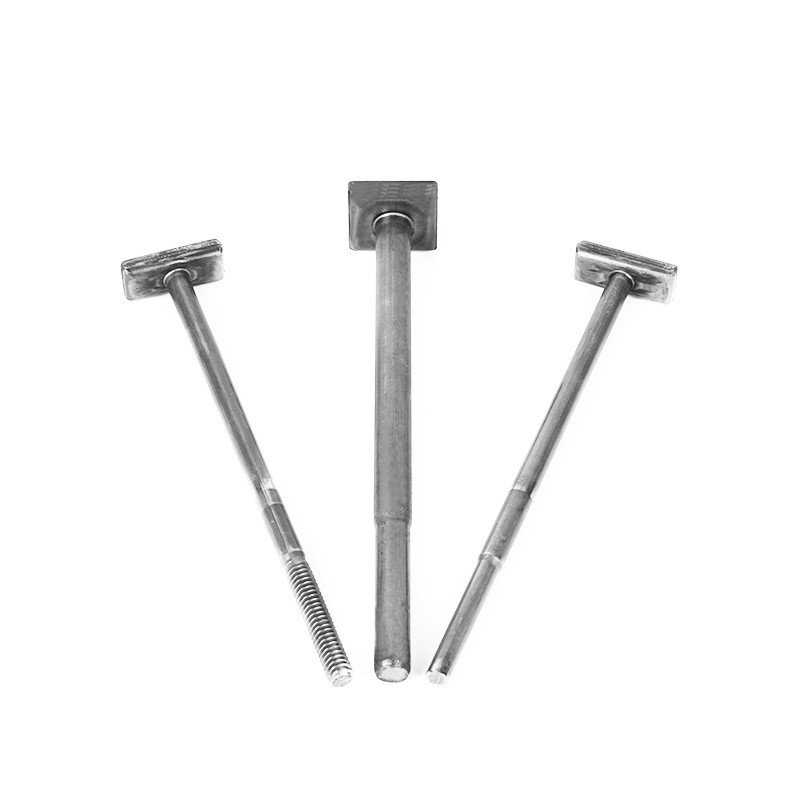Room 102, Building 13, Area A, Wanyang Zhongchuang Park, Ganyao Town, Jiashan County, Zhejiang China.

When securing photovoltaic (PV) bolts during the installation of solar panels, applying the correct torque is critical to ensure a secure mount without causing damage to the bolts or the mounting structure. The recommended torque settings can vary based on factors such as bolt size, material, the type of mounting system, and environmental conditions. Here's an in-depth look at what you should consider:
Manufacturer Specifications
Importance of Adherence: Each solar mounting system and bolt manufacturer typically provides specific torque recommendations tailored to their products. Adhering strictly to these specifications is crucial because they are designed to balance the need for a secure hold while preventing over-tightening, which can lead to bolt failure or damage to the mounting system.Documentation: Always refer to the installation manual or product datasheet provided by the manufacturer. These documents will often specify the exact torque settings for different bolt sizes and types.
General Torque Values
For M6 Bolts: A torque setting of around 9 to 11 Nm (Newton-meters) is commonly recommended. These bolts are smaller and typically used for securing smaller components or in situations where lighter loads are expected.For M8 Bolts: These are more robust and often require a torque setting of approximately 20 to 25 Nm. M8 bolts are frequently used in medium-duty applications, providing a good balance of strength and security.For M10 Bolts: Larger and stronger, M10 bolts usually need a torque setting in the range of 35 to 40 Nm. These bolts are used in heavy-duty applications where the solar panels must withstand higher mechanical loads, such as in areas with strong winds or significant snow loads.

Material Considerations
Bolt Material: The material of the bolt—whether stainless steel, galvanized steel, or aluminum—can influence the appropriate torque setting. For example, aluminum bolts generally require lower torque than steel bolts due to the softer nature of aluminum.Mounting Surface Material: The material of the mounting structure (e.g., aluminum frames, steel rails) also affects torque settings. Softer materials may require lower torque to prevent stripping or damaging the threads.
Environmental Factors
Wind and Snow Loads: In regions with high wind speeds or heavy snow, it may be necessary to adjust the torque settings slightly to ensure that the PV bolts can withstand these forces without loosening. However, care must be taken not to exceed the manufacturer’s maximum recommended torque to avoid over-tightening.Temperature Fluctuations: Temperature extremes can cause materials to expand or contract, which might affect the tension in the bolts over time. This is why it’s essential to choose a torque setting that accounts for thermal expansion, ensuring that the bolts remain secure throughout varying temperatures.
Tools and Calibration
Torque Wrench Calibration: Using a properly calibrated torque wrench is essential for achieving the correct torque. A poorly calibrated wrench can result in inaccurate torque application, leading to under-tightening (which can cause the bolt to loosen over time) or over-tightening (which can cause damage or failure of the bolt or the mounting structure).Application Technique: Apply the torque slowly and evenly, ensuring that the load is distributed evenly across the bolt. This helps to prevent any uneven stress on the bolt or the mounting surface, which can lead to premature wear or failure.
Post-Installation Checks
Regular Maintenance: After installation, it’s advisable to periodically check the torque of the PV bolts, especially after the first few months of operation. This is because the mounting components might settle or shift slightly over time, and re-tightening may be necessary to maintain the integrity of the installation.Environmental Impact: In harsh environments, such as coastal areas where corrosion might be a concern, regular inspections and re-torquing might be necessary to ensure the longevity of the installation.
Applying the correct torque to photovoltaic bolts is a nuanced process that requires careful consideration of various factors. By following manufacturer recommendations, using the appropriate tools, and accounting for environmental conditions, you can ensure a secure and durable solar panel installation.

Fix anchorbolts include bolts, washers, nuts and 4PCS cylindrical shields. By tightening the bolts, the shields tubes expand and the components can be...
See Details
Flange bolts are specially used to tightly connect pipes and components with flanges. We produce flange bolts are solid t and durablethat, compling wi...
See Details
The Grade 8.8 black oxide full-thread hexagon socket bolts have an internal hex design and needs to be used with a wrench with a hex head. Its full th...
See Details
Grade 8.8 black oxide full-thread hexagon bolts is a very common fastener and requires a wrench or hex wrench to tighten it. Our hex head bolt meet th...
See Details
This product is made of high-quality carbon steel and undergoes a rigorous heat treatment process. It has high strength, good elasticity and toughness...
See Details
This 304 stainless steel plain full-thread hexagon bolt is a kind of fasteners made of high-quality stainless steel material and has corrosion resista...
See Details
This plain round flat head weld shoulder bolt is a fastener suitable for a variety of welding applications. Its flat head and round head design makes ...
See Details
This Grade 12.9 zinc plated countersunk head square neck plow bolt has the advantages of high precision, high operability, high strength, and high ten...
See Details